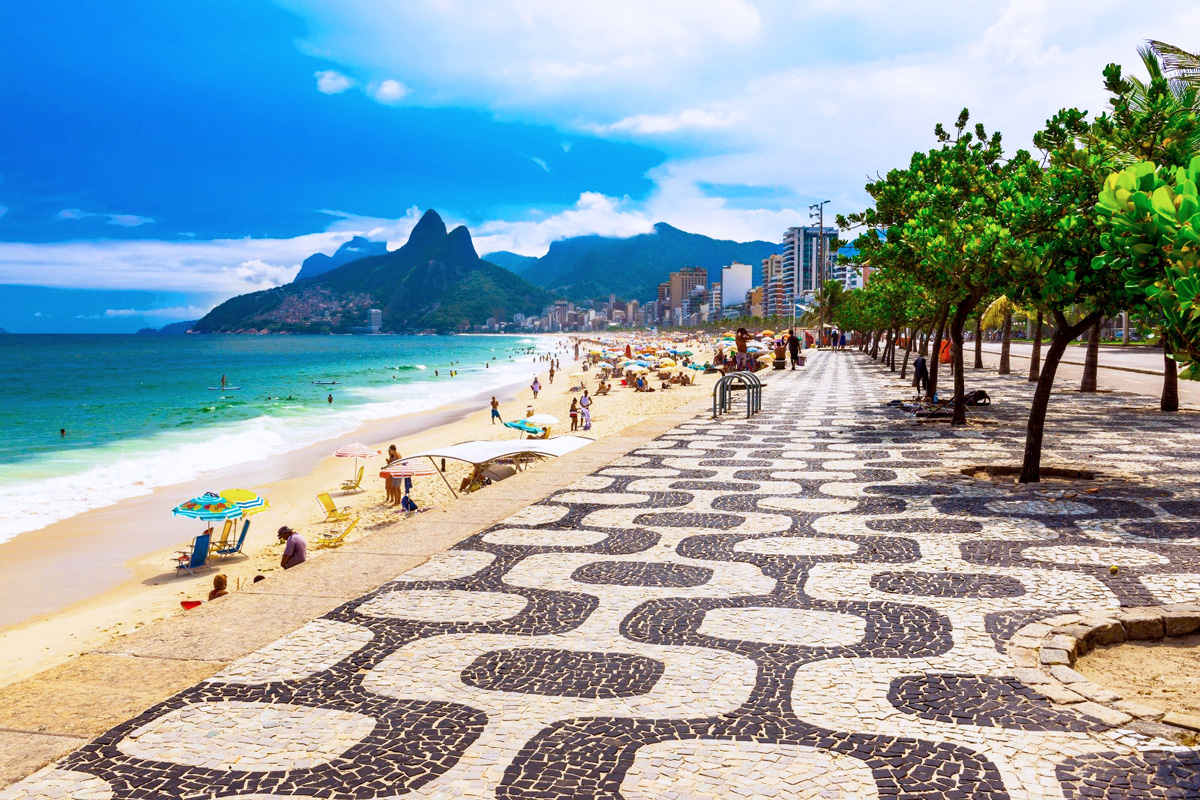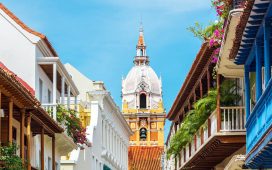Rio de Janeiro, Brazil’s vibrant coastal jewel, is a city where rhythms pulse through the streets, nature rises in dramatic forms, and culture flows from every corner. From the golden sands of Copacabana to the soaring peak of Christ the Redeemer, Rio is a destination that marries awe-inspiring beauty with infectious energy. Visitors are pulled between mountain trails, samba halls, colonial neighborhoods, and beaches that glow with life from sunrise to sunset. In Rio, every day feels like a celebration, and every corner carries a story.
History & Heritage

Rio’s story is one of conquest, culture, and transformation. Founded in 1565 by Portuguese settlers, the city quickly became a vital colonial outpost and later the capital of Brazil. Rio’s history is layered with indigenous roots, African heritage brought through the transatlantic slave trade, and European influence that left behind baroque churches and grand plazas. The city served as the capital of the Portuguese Empire in the early 19th century, marking its role as a global hub of power. Today, echoes of this heritage are visible in its architecture, music, and enduring traditions, blending into the modern metropolis that captivates millions each year.
Landmarks & Architecture
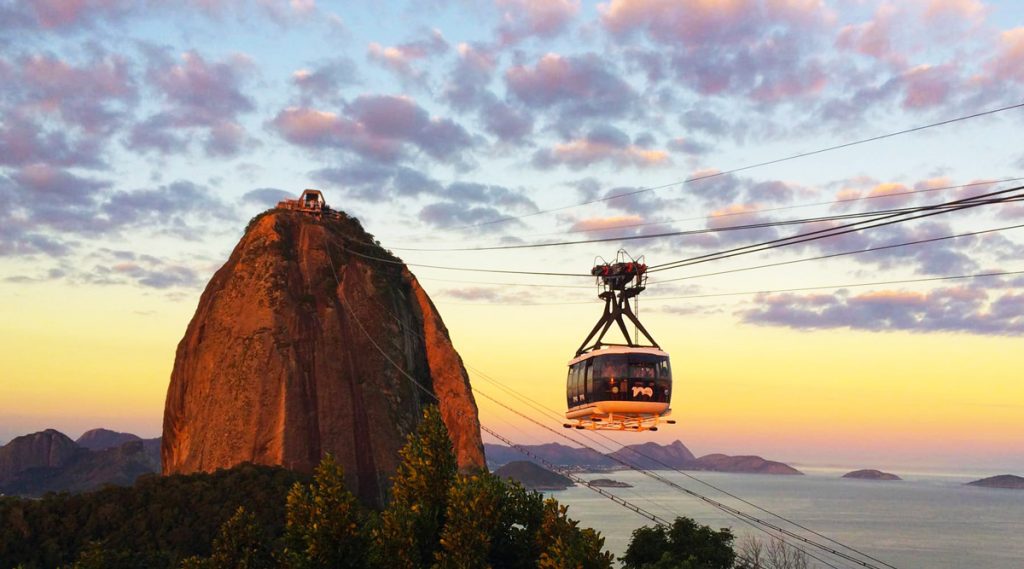
Rio’s landmarks are both human-made marvels and natural wonders, telling the story of a city that exists between earth and sky. The skyline is dominated by peaks and spires that make it unmistakable to the ‘ eye, while its buildings narrate centuries of history and faith.

- Christ the Redeemer (Cristo Redentor): Towering over the city, this Art Deco statue on Corcovado Mountain is not only Rio’s most famous symbol but also one of the New Seven Wonders of the World.
- Sugarloaf Mountain (Pão de Açúcar): Rising dramatically from the water, this granite peak offers cable car rides with panoramic views of Rio’s bays and beaches.
- Candelária Church: A stunning example of baroque and neoclassical architecture, with a lavishly decorated interior.
- Selarón Steps (Escadaria Selarón): A kaleidoscopic staircase covered in colorful tiles from around the world, a living piece of art in the bohemian Santa Teresa neighborhood.
- Municipal Theatre (Theatro Municipal): Inspired by the Paris Opera, this early 20th-century theater glitters with chandeliers, gold leaf, and European opulence.
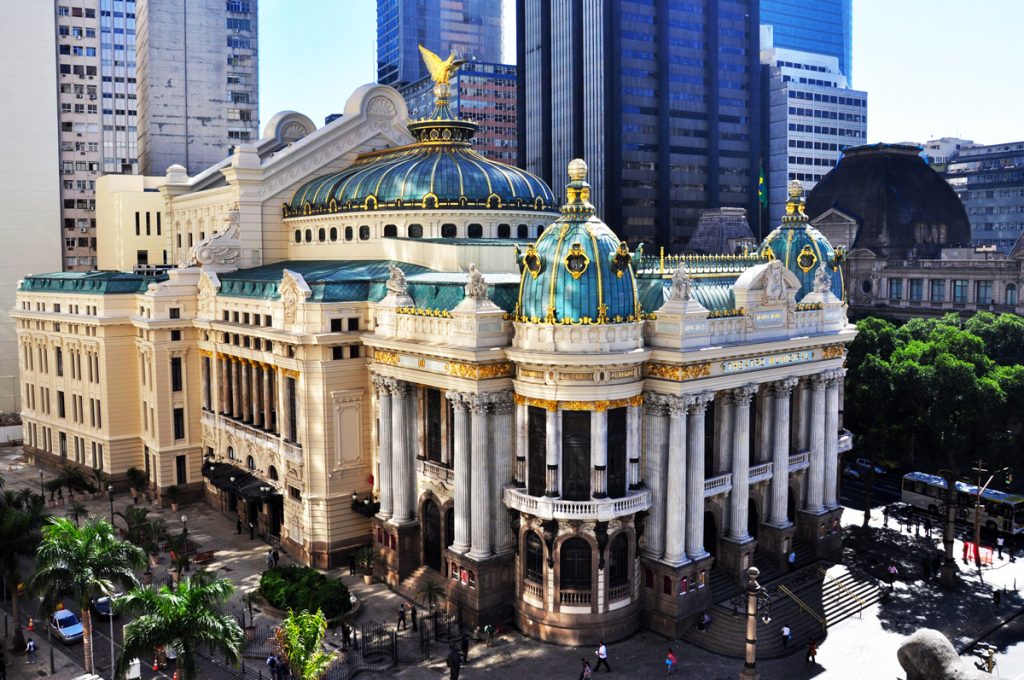
Museums & Culture
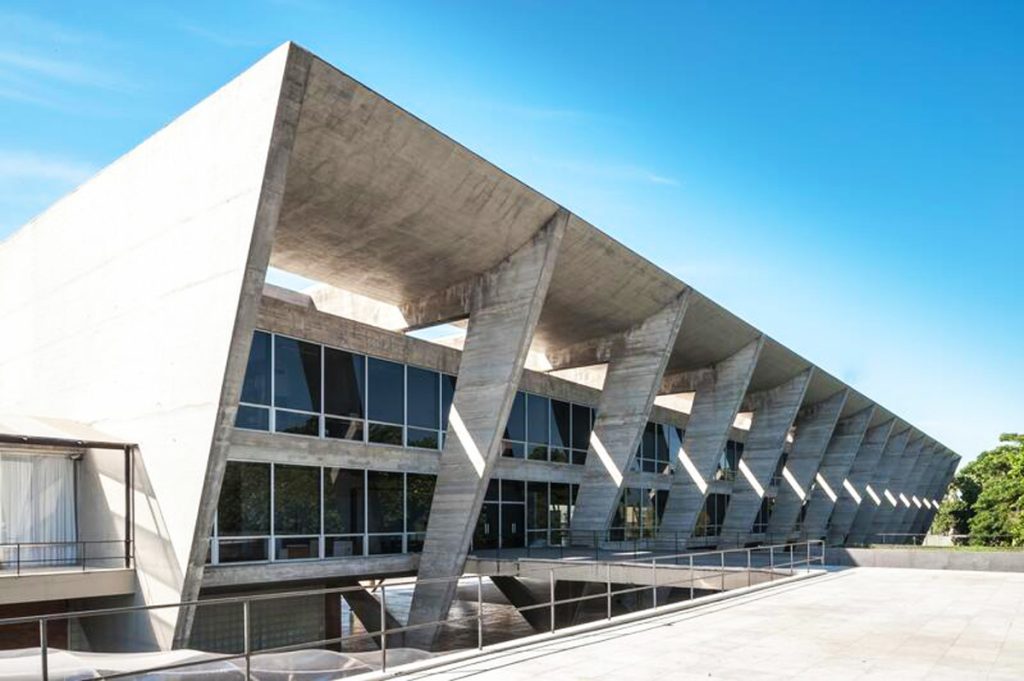
Rio’s culture is as vibrant as its streets, reflected in its art museums, cultural centers, and living traditions that span music, dance, and festivals. The city’s soul is carried by samba, but it is also expressed in galleries and cultural hubs that celebrate both heritage and innovation.

- Museu do Amanhã (Museum of Tomorrow): A striking, futuristic museum that explores science, sustainability, and the possibilities of the future.
- Museu Nacional de Belas Artes: Brazil’s national fine arts museum, showcasing works from colonial to contemporary eras.
- Samba Schools & Rehearsals: Beyond Carnival, samba schools open their doors for visitors to witness rehearsals filled with music, dance, and costumes.
- Museum of Modern Art (MAM): A hub for contemporary Brazilian art and cultural dialogue, set against Guanabara Bay.
- Niterói Contemporary Art Museum (MAC): Designed by the legendary Oscar Niemeyer, perched above Guanabara Bay is both an architectural masterpiece and a hub for contemporary art exhibitions.
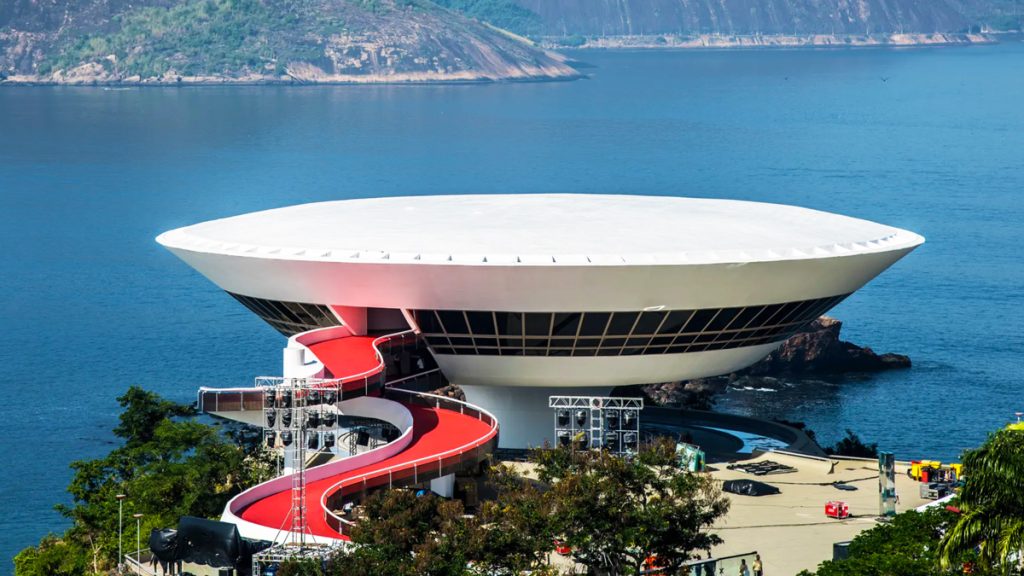
Hidden Gems
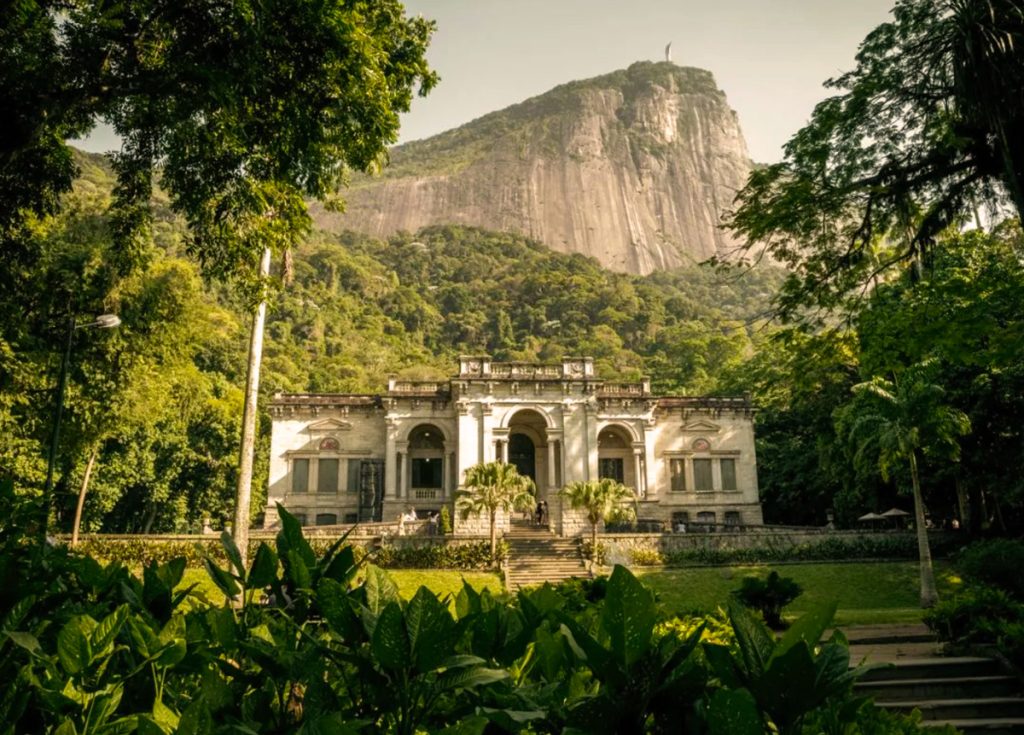
Rio holds treasures beyond its world-famous landmarks. To experience its essence, one must wander into its lesser-known corners where authenticity shines.

- Ilha Fiscal: A neo-Gothic palace on an island, once home to the last imperial ball of Brazil, now a museum with gorgeous bay views.
- Parque Lage: A lush public park with gardens, trails, and a mansion that houses an art school beneath the shadow of Corcovado.
- Pedra do Telégrafo: Known for its daring cliffside photos, this viewpoint offers breathtaking perspectives over the coast.
- Santa Teresa Tram: A historic yellow tram winding through the hills of the bohemian Santa Teresa neighborhood.
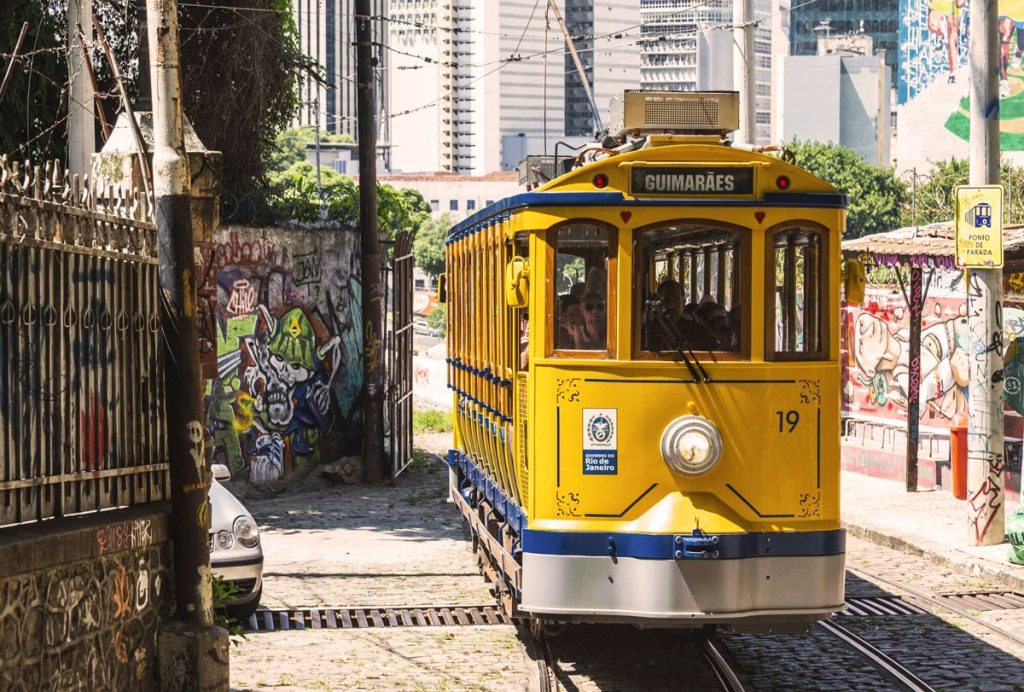
Spotlight: Carnival in Rio
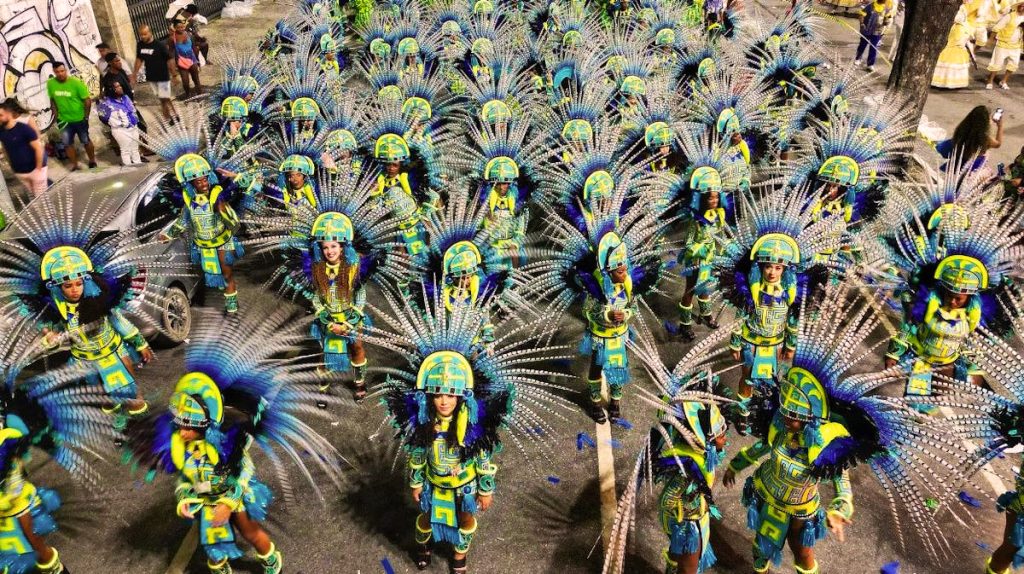
No event embodies Rio’s spirit more than Carnival, the world’s largest festival of music, dance, and dazzling spectacle. For five days each February, Rio transforms into a stage where samba reigns supreme. Streets swell with blocos—neighborhood parties where locals and visitors dance to live bands. Meanwhile, the Sambadrome hosts the grand parades of samba schools, each competing with elaborate floats, costumes, and choreography that can take a year to prepare.

Carnival is more than a party—it’s an expression of identity, artistry, and joy, born of Brazil’s multicultural roots. To witness it is to feel the heartbeat of Rio itself. Whether you join the parades or simply watch the spectacle unfold, Carnival is a once-in-a-lifetime experience that captures the city’s essence.
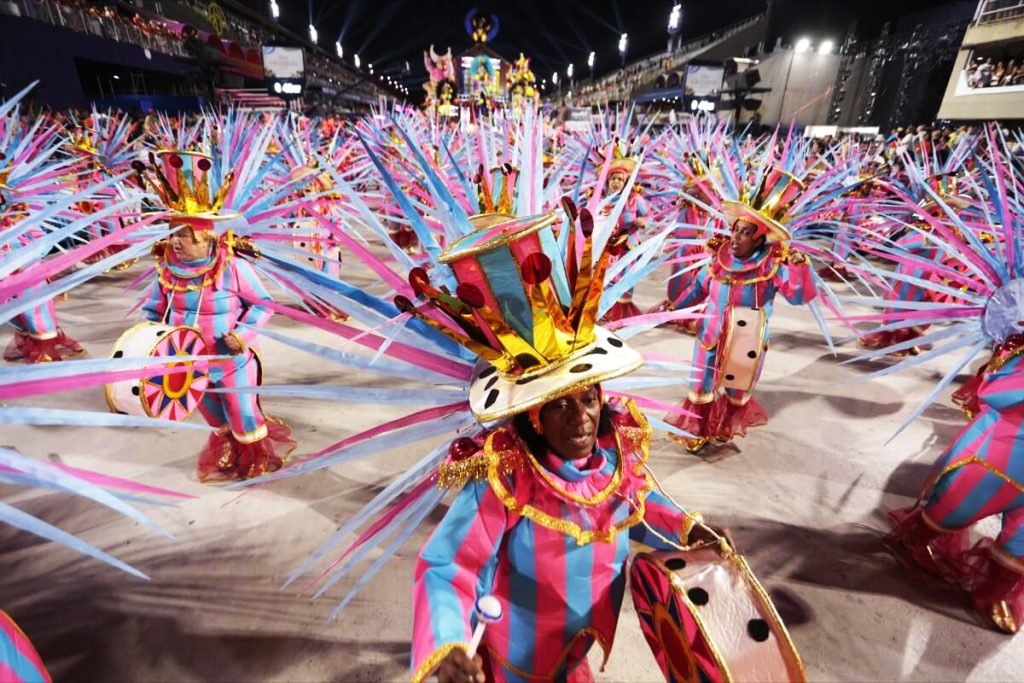
Nature & Beaches
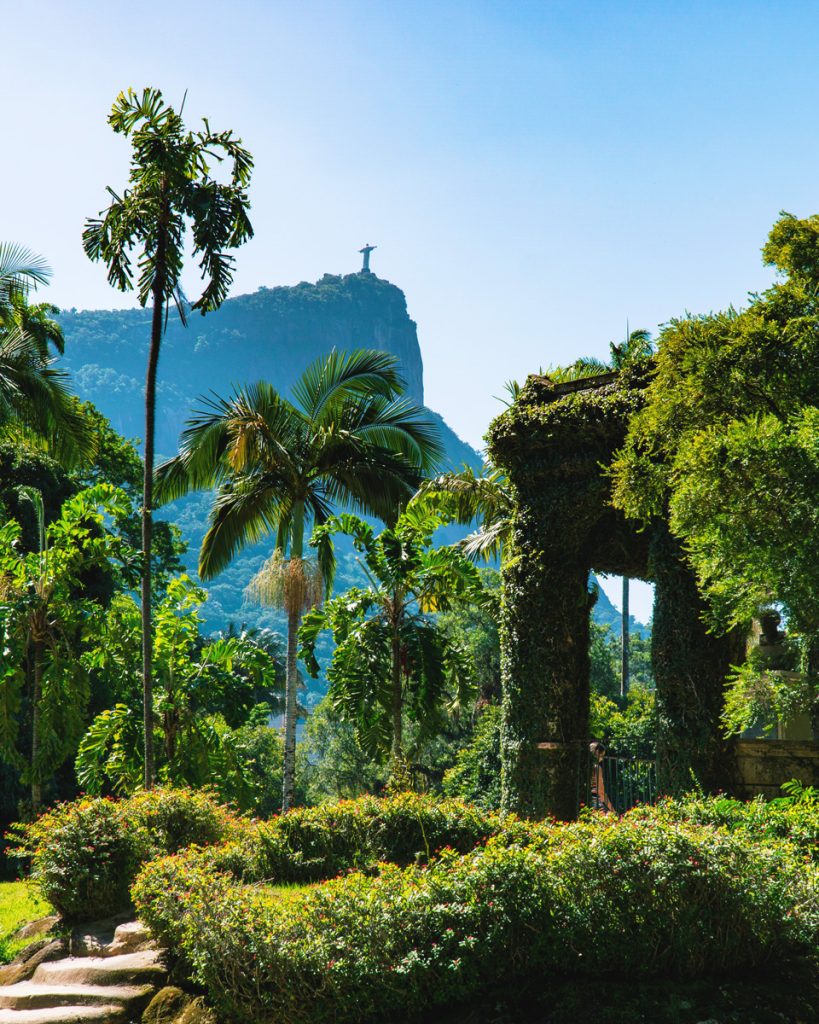
Rio’s geography is as iconic as its culture, offering stunning natural escapes within minutes of the city center. From its golden beaches to lush mountains, nature is always within reach.

- Copacabana Beach: The legendary stretch of sand, buzzing with energy, vendors, and volleyball matches.
- Ipanema Beach: A fashionable hotspot, where the mountains meet the sea and the famous sunset is applauded daily.
- Leblon Beach: A quieter, upscale alternative to its lively neighbors.
- Botanical Garden (Jardim Botânico): A serene sanctuary with towering palms, orchids, and rare species.
- Tijuca National Park: One of the world’s largest urban forests, home to waterfalls, wildlife, and trails to summits like Pico da Tijuca.

Food & Dining
Rio’s cuisine is as lively as its cityscape, blending Brazilian staples with coastal flavors and international influences. Eating in Rio means savoring freshness, spice, and soulful comfort food.
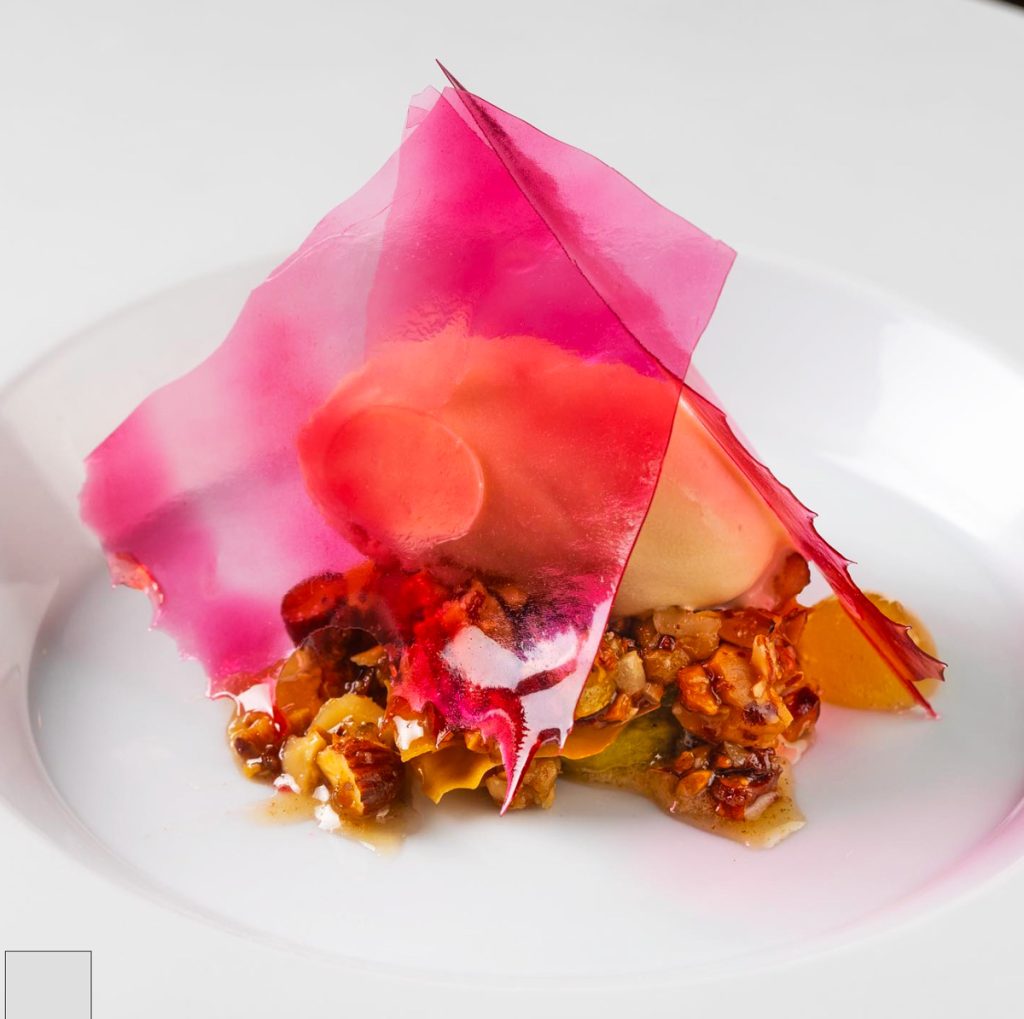
- Luxury: Oro – A Michelin-starred restaurant reinventing Brazilian flavors with elegance and creativity.
- Mid-Range: Churrascaria Palace – A traditional steakhouse offering endless cuts of perfectly grilled meats, paired with sides and salads.
- Budget: Confeitaria Colombo – A historic café in the city center, serving pastries, coffee, and a glimpse into Rio’s belle époque past.

Where to Stay
Rio offers accommodations for every type of traveler, whether you want beachfront luxury or hillside charm with city views.
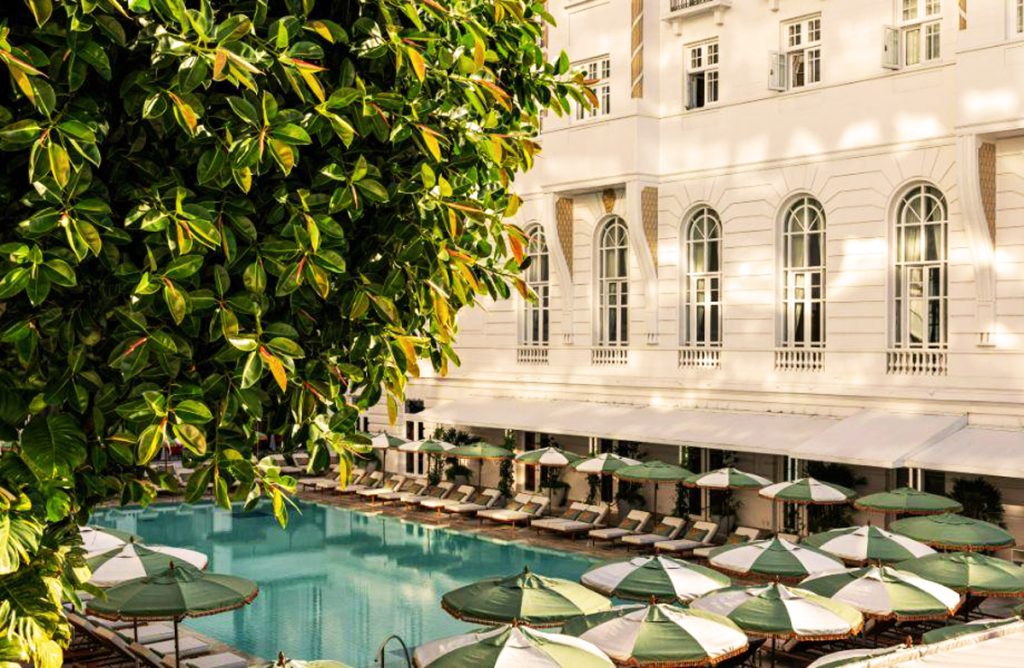
- Luxury: Belmond Copacabana Palace – An iconic Art Deco hotel facing Copacabana Beach, combining glamour and history.
- Mid-Range: Arena Ipanema Hotel – A modern option steps from the sand with rooftop pool views.
- Budget: Selina Lapa Rio de Janeiro – A stylish hostel in the bohemian Lapa neighborhood, offering community and affordability.

Day Trips
Venturing outside Rio unveils coastal gems, island escapes, and cultural towns that enrich any journey. Each excursion offers a different side of Brazil’s charm, whether it’s history in the mountains, glamour by the sea, or unspoiled island beauty just a short journey from the city.
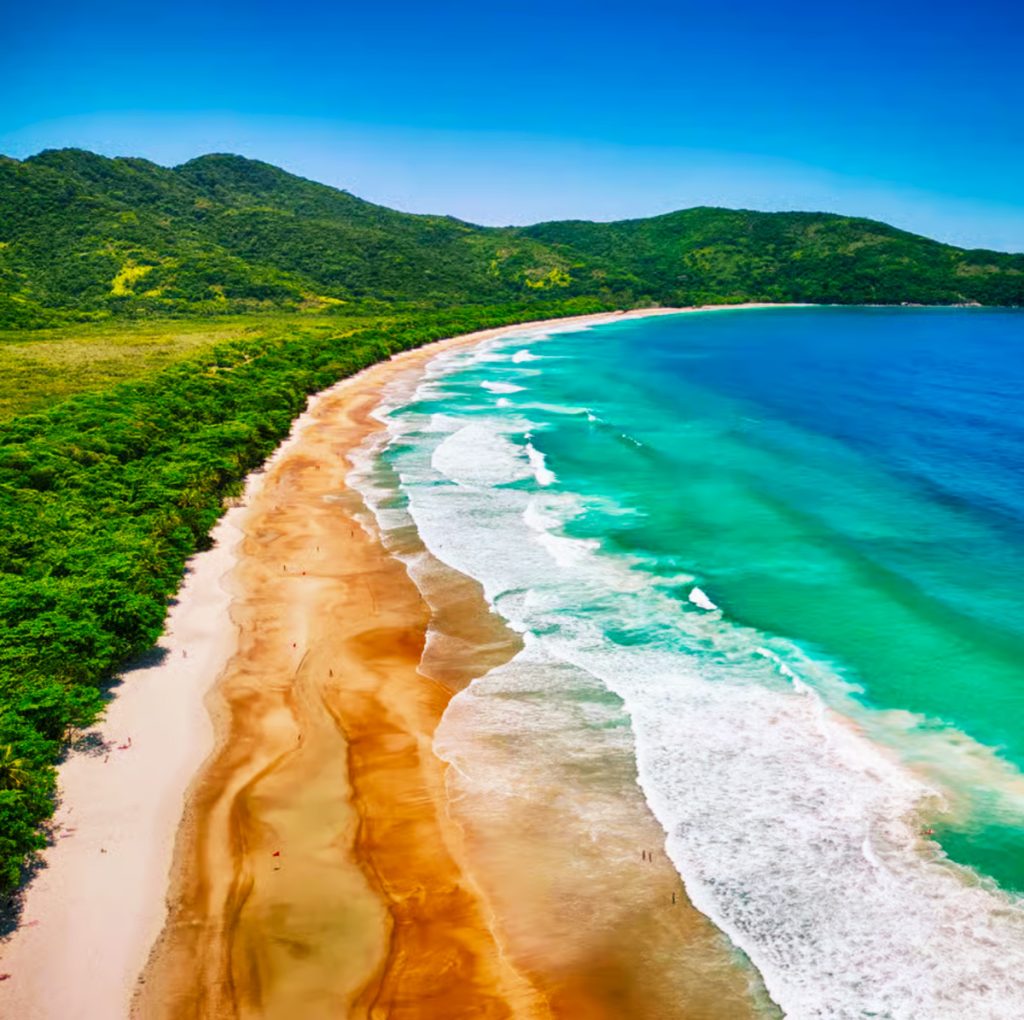
- Ilha Grande: A car-free island with pristine beaches, hiking trails, and hidden lagoons.
- Petropolis: Known as the “Imperial City,” this mountain town features palaces, gardens, and cool alpine air.
- Búzios: A glamorous beach town, once a fishing village, now filled with chic restaurants, boutique shops, and sandy coves.
- Angra dos Reis: A paradise of turquoise waters and over 300 islands, perfect for sailing and relaxation.
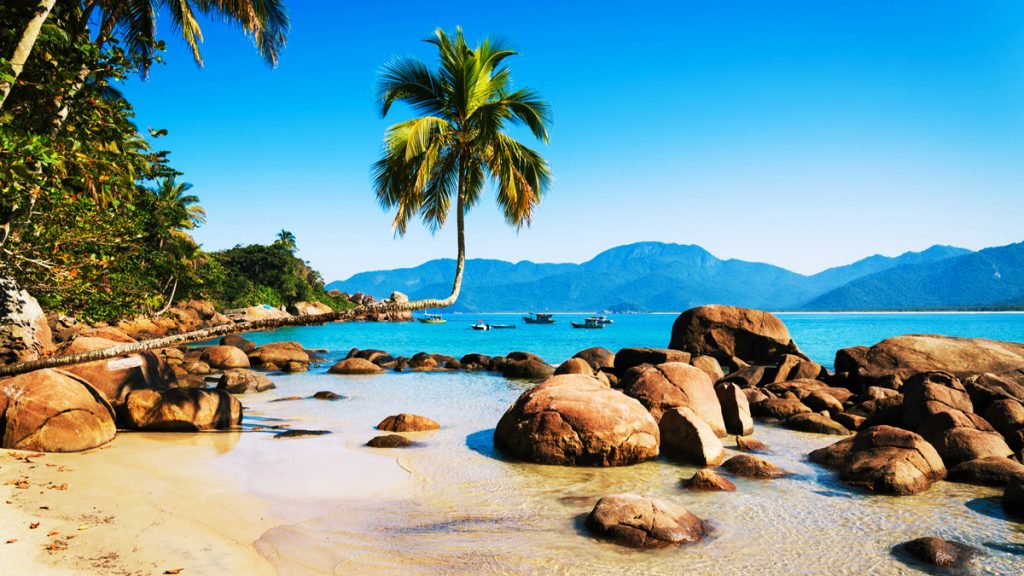
Final Thoughts
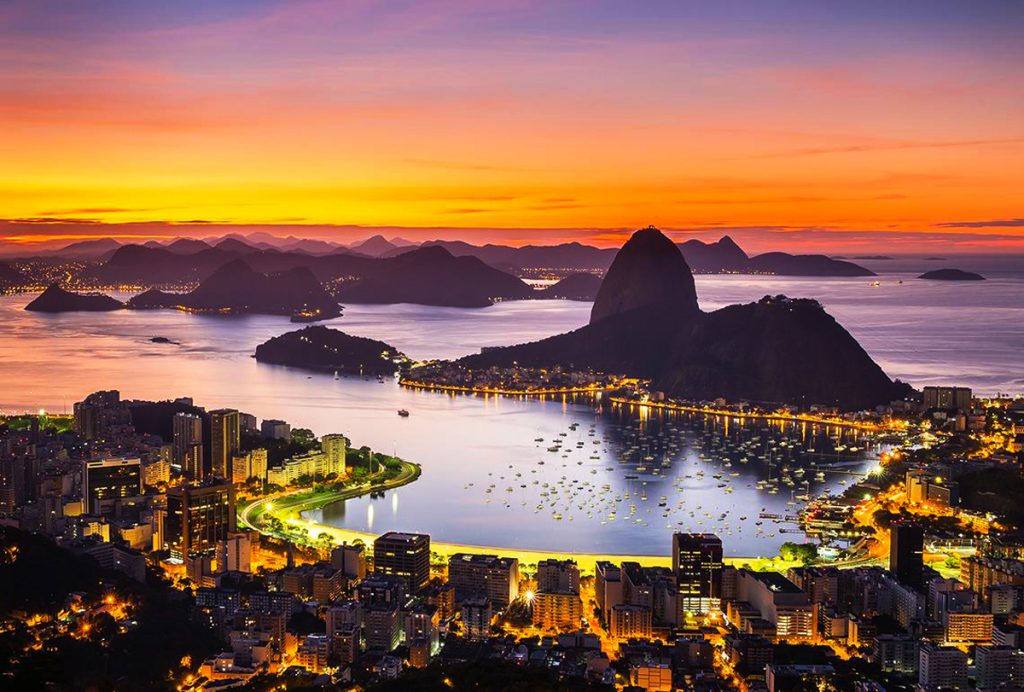
Rio de Janeiro is more than a city—it’s a force of life. Its landscapes inspire awe, its culture overflows with rhythm and passion, and its people embrace visitors with warmth. To walk its beaches, dance to its music, and gaze from its mountaintops is to experience a city that lives in the moment yet carries the weight of centuries. Radiant Rio is a destination that will stay in your heart long after you’ve left, a place where the world feels brighter, louder, and more alive.

